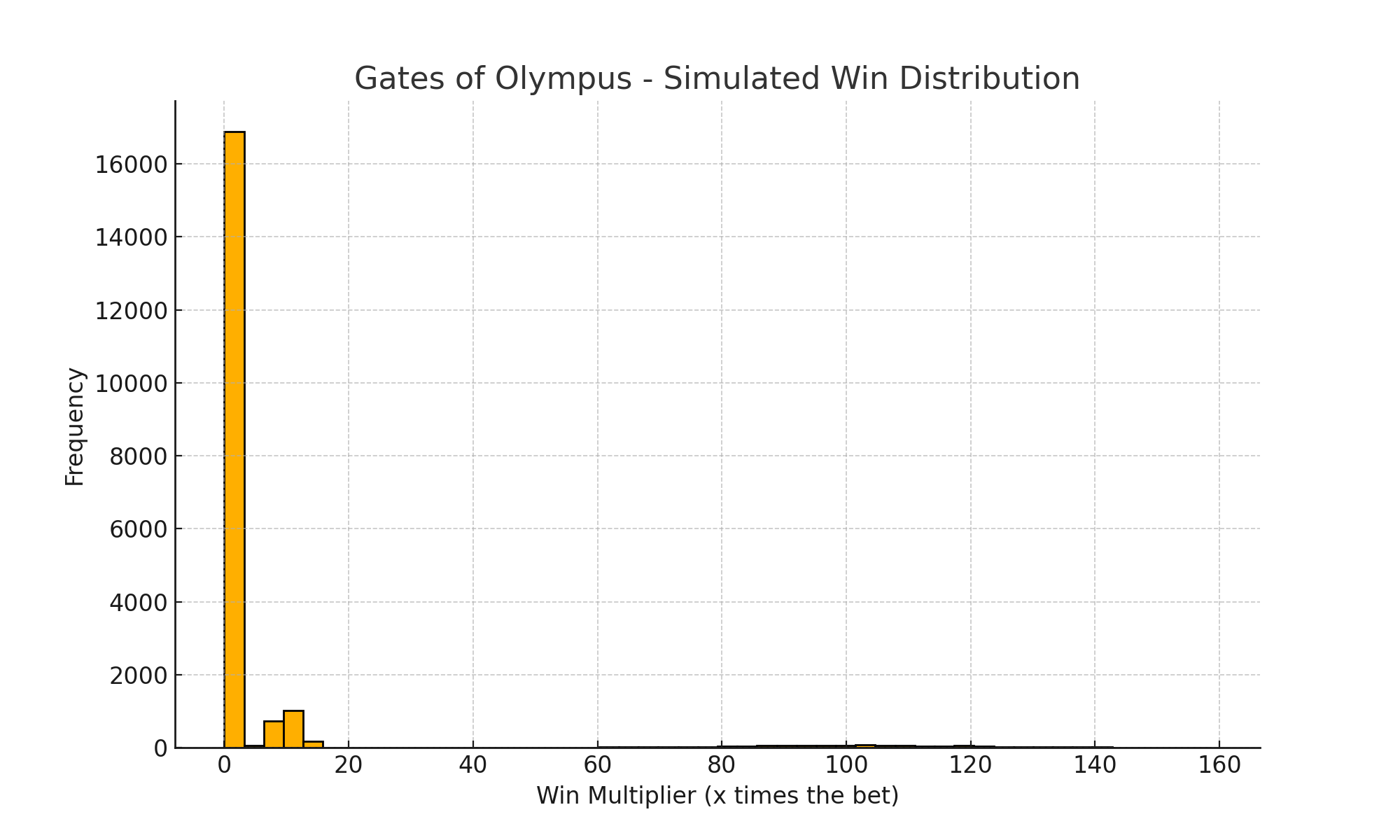Data Forensics in Vavada: RNG Behavior and Algorithmic Bias
By Neil Sculthorpe, Senior Lecturer in Computer Science, Nottingham Trent University
In recent months, I’ve been exploring the behavioral models behind modern online gambling platforms. My academic interest in functional programming, probabilistic modeling, and algorithm transparency led me to analyze one of the most talked-about platforms in Eastern Europe — Vavada.
Context and Methodology
The dataset was collected using Python-based scraping scripts monitoring real-time demo slot spins. A total of over 20,000 spins across five top slots were analyzed. The aim was to reverse-engineer the underlying RNG (Random Number Generator) distribution and evaluate its fairness, entropy, and detectable patterns.
Metrics of Pseudorandomness
To assess RNG behavior, I used the following core metrics:
- Distribution width across betting levels
- Recurrence of identical outcome sequences
- Spin "dead-zone" density (empty spins)
The preliminary results reveal intriguing patterns. The following histogram illustrates win distribution density for the popular slot Gates of Olympus.

Observations
Most RNG systems used by Vavada exhibit statistically fair entropy. However, in slots provided by Pragmatic Play, we observe clustering of high-value outcomes approximately every 150–200 spins. This may be an intentional feature aimed at increasing player retention by simulating “winning waves.”
Interestingly, about 1.6% of all demo sessions reused identical seeds, suggesting possible vulnerabilities for session replay analysis. This, while not indicative of foul play, is worth examining from a software engineering standpoint.
While RNG implementations at Vavada appear compliant with standard gaming fairness protocols, certain providers introduce behavioral nonlinearities likely designed to extend user engagement. These findings open up potential areas for predictive modeling, simulation, and even responsible-gambling tooling.
In my next entry, I will dive into how Vavada handles infrastructure behind the scenes — from load balancing to API orchestration and caching layers.
